Three days of hiking at Hogsback intoduced us to the quirky Eastern Cape high-country village’s knock-out vistas, hiking trails, birdlife and soul-stretching indigenous Afromontane forest dominated by giant yellowwood trees.
On Saturday, August 15, Vilis and I headed out of Grahamstown en route to a long weekend of hiking at Hogsback, 140 kilometres northeast in the Amathole Mountains. Beaufort Street led us through Joza township, a collection of small, and in some cases, tiny, cement houses and corrugated iron shanties. Laundry hung on fences. Rocks weighted down corrugated iron roofs. Plastic garbage lay strewn over yards and hung from barbed-wire fences. Cattle roamed the roadsides. I wondered how long it will take for South Africa to integrate the poverty-stricken black Africans living in those homes into mainstream society.
North of Grahamstown, we drove through East Coast Subtropical Thicket and pastures, with R67 curving and climbing over big, rolling hills. A pied crow scavenged roadkill. Vilis spotted baboons in a thicket clearing.
Near Fort Beaufort, citrus orchards lined the highway and formed neat patchwork squares in the valley. At the intersection of R67 and R63, where speed bumps slowed traffic, citrus sellers stood or sat beside neatly stacked sacks of oranges. Some sorted through their supplies while a half-dozen cattle plodded past them on the road. Discarded fruit looked like bright balls tossed onto winter-faded grasses. One seller had printed “R10” in huge letters on a knee-high sheet of corrugated cardboard. That price of ten rand equals about one Canadian dollar for a very large bag of fruit. To earn a decent living, the vendor would have to sell many bags of oranges, yet a dozen or more citrus sellers were positioned along the roadside, competing for sales. (Tap on photos to enlarge.)
We turned east onto R63 and drove through downtown Fort Beaufort. East of Fort Beaufort, the thicket vegetation gave way to thornveld similar to that in Baviaans River Valley, where we’d been birding the previous weekend. Goats grazed alongside the road – some inside fences, some outside fences. Livestock on the loose is a good reason to avoid driving after dark in South Africa.
In Alice, a strong wind shoved trees and whipped laundry drying in the backyards of boxy, pastel-coloured houses. Derelict buildings on the main street spoke of a different era. Outside town, dairy herds grazed in irrigated pastures that looked like brilliant green jewels set into the surrounding tawny landscape.
A few kilometres east of Alice, we turned onto R345 and began the long climb into the Amathole Mountains. Grazing land, exotic tree plantations and pockets of indigenous forest formed a vegetation collage on steep hillsides. The road traced Hogsback Pass, a twisting route up onto an escarpment overlooking Tyume (pronounced “Chewmie”) Valley.
And there was Hogsback, a strung-out village peppered with signs advertising tourist accommodations. Wind gusts blew dust down the road. Craftsmen rushed onto the pavement to hawk their wares: carved wooden staffs and baked red-clay ornamental hogs painted with white designs. Samango monkeys did tightrope walks on power lines to cross streets. Baboons foraged in a grassy field at Hobbiton-on-Hogsback Outdoor Education Centre. Hogsback’s altitude is around 1200 metres, which means the village receives snow in winter.
We stopped in at Hogsback’s information centre to obtain a map of hiking trails and then checked in at the self-catering cottage we’d rented for the weekend. The Little Dene cottage was rustic and comfy, with many windows looking out into acres of gardens surrounding it.
After lunch, we drove to the trailhead of the short but steep hike to Madonna and Child Falls, one of a half-dozen or more waterfalls that spill over the escarpment lip and are a major tourist attraction in Hogsback. Within the indigenous Afromontane (African mountain) forest, giant yellowwood trees towered over tangles of lianas, vines and shrubs. We hiked a dirt trail, boardwalk and natural rock steps to the foot of the falls, an elegant spill of water down a black rock face. Spray from the falls, tossed onto us by the wind, refreshed us on an unseasonably warm winter day. The forest was quiet, the sounds of birds muted by rushing wind.
We panted our way back up the steep slope, drove a little farther down the road and hiked to a lookout at the escarpment’s edge, where we beheld a spectacular view of cliffs, valley and forested mountains.
What a treat it was to sit in the sunshine, listening to water sliding over the rocks and gazing out over that incredible vista!
Before dusk, we drove to the Arboretum, a collection of trees from around the world, and walked the short, easy path to 39 Steps Waterfall, another of Hogsback’s natural beauties. Then we returned to Little Dene and settled in for our first night in Hogsback.
August 16
On our second morning at Hogsback, I slipped outdoors at sunrise for some early birding in the Little Dene gardens. A Cape robin-chat sang its bright melody, its rufous throat and tail highlighted by early morning sunshine. Red-eyed doves called from high perches in bare trees. A flock of speckled mousebirds and another of Cape white-eyes flitted in the diverse collection of trees and shrubs that were also visited by a male greater double-collared sunbird, an olive thrush and a dark-capped bulbul.
Loud squeaks and squawks alerted me to the presence of a half-dozen Cape parrots that flew, silhouetted, overhead. I had so much wanted to see this endangered species, which lives only in mountain forests of eastern South Africa! One of the parrots circled back, granting me a sunlit view of its exquisite emerald-green back and wings and its olive-brown head. Gorgeous! I spotted other Cape parrots preening while basking in the sunshine, high up in trees. What an exciting start to the day!
At 8:50 a.m.,Vilis and I set out into the Afromontane forest, on the trail to Tor Doone, a small mountain that looms over Hogsback. The weather conditions were perfect for a hike: cool and fresh, sunny and calm. There was no sign of the previous day’s fierce hot wind that had made it difficult to hear birds. Instead, we could clearly discern Cape parrots’ clicks and squeaks and the deep, growling calls made by Knysna turacos (louries).
Thick vines created bizarre, kinked shapes in the forest understory – a complete contrast to the orderly pine plantations we’d driven through en route to the trailhead. We hiked along the steep side of a ridge, with forest towering over us to our right and thrusting upward from below, to our left. An abundance of ferns and trailing plants grew in the forest understory. One fern resembled asparagus. An ivy-like trailing plant looked like one I’d seen grown as a houseplant in Canada.
We heard clicking sounds made by Samango monkeys. The forest primates seemed to move effortlessly through the trees’ canopies. We saw them leap from tree to tree, using the branches and trunks as their arboreal highway. One monkey jumped to a thin, lower branch on a neighbouring tree, lost its grip on the branch and while falling, reached out and snagged another branch to climb onto.
The trail branched off from the Contour Path (shared by Circuit Path and the Tor Doone trail) and led us on a breath-stealing climb that took us out of the indigenous forest and into a vast open field of grass and bracken, which had obviously been forest at one time, prior to being logged. In the distance, conifer plantations looked like dark green patches sewn onto the mountain slopes. We pushed hard up the steepest section of trail to the summit of Tor Doone at 1565 metres, pausing several times to catch our breath. From the summit, we had a 360° view of the surrounding mountains and valleys and could see how much of the mountainsides had been logged and planted with exotic trees that comprised huge plantations. Two white-necked ravens, perched on boulders, surveyed the valley below them.
A cold wind blew over us as we ate our snacks on the summit. Cloud swept in from the south, veiling the peaks and drifting like smoke among the plantation pines on the hillside below us.
Our hike down from the summit was much easier than the hike up. We followed forestry roads that led us past plantations of pine and what looked to me like she-oak (Casuarina). A red-necked spurfowl flushed from one plantation and across the road into another. Malachite and collared sunbirds foraged in flowering gum trees and shrubs adjoining one section of road.
After lunch, we hiked to the top of Kettlespout Falls, a quick in-and-out hike. The trail started with a steep climb in a pine plantation, after which we followed the side of a ravine and the escarpment edge to the falls, a thin spill over a rock lip. As a fascinating aside to the hike itself, we spotted fresh, similar scats at intervals all along the trail’s edge. Vilis suggested they might have been made by baboons, quite possibly members of the troop we’d seen earlier.
We rounded out the day with a gentle walk through winter-bleached bracken growing alongside the Bluff View Walk, which we’d abandoned the previous day due to high winds. This time, all was still and brooding, like calm before the storm. Again, we were treated to spectacular views of cliffs and mountains, valleys and forests – a fitting end to a good day of hiking at Hogsback.
August 17
On our third morning in Hogsback, Vilis and I looked out the kitchen window of the Little Dene cottage and saw samango monkeys high in leafless trees, basking in the early sunshine. While we watched, a number of the monkeys began moving about in the trees, foraging. Again, we were struck by their agility and incredible balance.
The gardens around the cottage were also alive with birds. A big splash of emerald caught my eye. It was a pair of Cape parrots doing their best to ensure the continuation of their species while balanced on a branch high in a tree!
We packed up and drove through Hogsback on a quiet Monday morning, enchanted with a scene of a horse and cow walking along the street.
Near the southern end of the village, we parked the car at the trailhead of the hike to Big Tree, in Auckland Forest Reserve. Haze was lifting from the hills as we began our hike. A pair of Knysna turacos flew over the trail, their large red wing patches brilliant in the sunshine. Within the forest, we scrambled down rocky sections of trail and through beds of tall, lush herbaceous plants. Samango monkeys leapt from tree to tree, and a few cattle wandered along the trail, creating an intriguing juxtaposition of wild and domestic fauna.
At a viewpoint on the escarpment edge, we looked out over a forested valley and heard Cape parrot squawks echo off the cliffsides. Back in the forest, we were dwarfed by huge yellowwood trees – monarchs of the indigenous Afromontane forest. Tangles of thick vines looked like brooding, ominous scenes out of a science fiction movie. Giant boulders that had fallen away from the escarpment edge in the past bulged out of the vegetation and were covered with lichens, mosses and other lithophytes (plants that grow on rocks). A pair of crowned hornbills flew overhead. Sunbirds sang their bubbling songs.
Deep in the forest, Big Tree, an 800-year-old yellowwood (Podocarpus falcatus) stood like a giant among lesser beings. (Girth at breast height: 8.5 metres; height: 38 metres.) A relic from the past, Big Tree provided a glimpse of the magnificent yellowwoods that once comprised Hogsback’s native mountain forests. Yellowwood timber is extremely valuable, which unfortunately led to the devastation of the original forests in the area, leaving only fragments like that preserved within Auckland Forest Reserve.
We retraced our steps, wishing we had more time to explore but knowing that it was soon time to return to Grahamstown. Red-winged starlings foraged in the treetops and knocked bits of debris down onto the trail. Terrestrial brownbuls scratched up forest litter and erupted into a frenzy of agitated calls when I used my Sasol eBirds of Southern Africa app to play their vocalization on my cell phone. Confirmation of identity! Again, lush Afromontane forest enveloped us. We hope to return for more hiking at Hogsback. We’d love to sample more of the quirky high-country village’s knock-out vistas, hiking trails, birdlife and soul-stretching forest.
My Hogsback bird sightings: red-eyed dove, Cape robin-chat, Hadeda ibis, speckled mousebird, greater double-collared sunbird, dark-capped bulbul, Cape white-eye, *Cape parrot, olive thrush, Kynsna turaco, white-necked raven, lazy cisticola, red-necked spurfowl, malachite sunbird, collared sunbird, red-winged starling, fork-tailed drongo, amethyst sunbird, sombre greenbul, crowned hornbill, *terrestrial brownbul.
My Hogsback mammal sightings: samango monkey, savanna baboon.



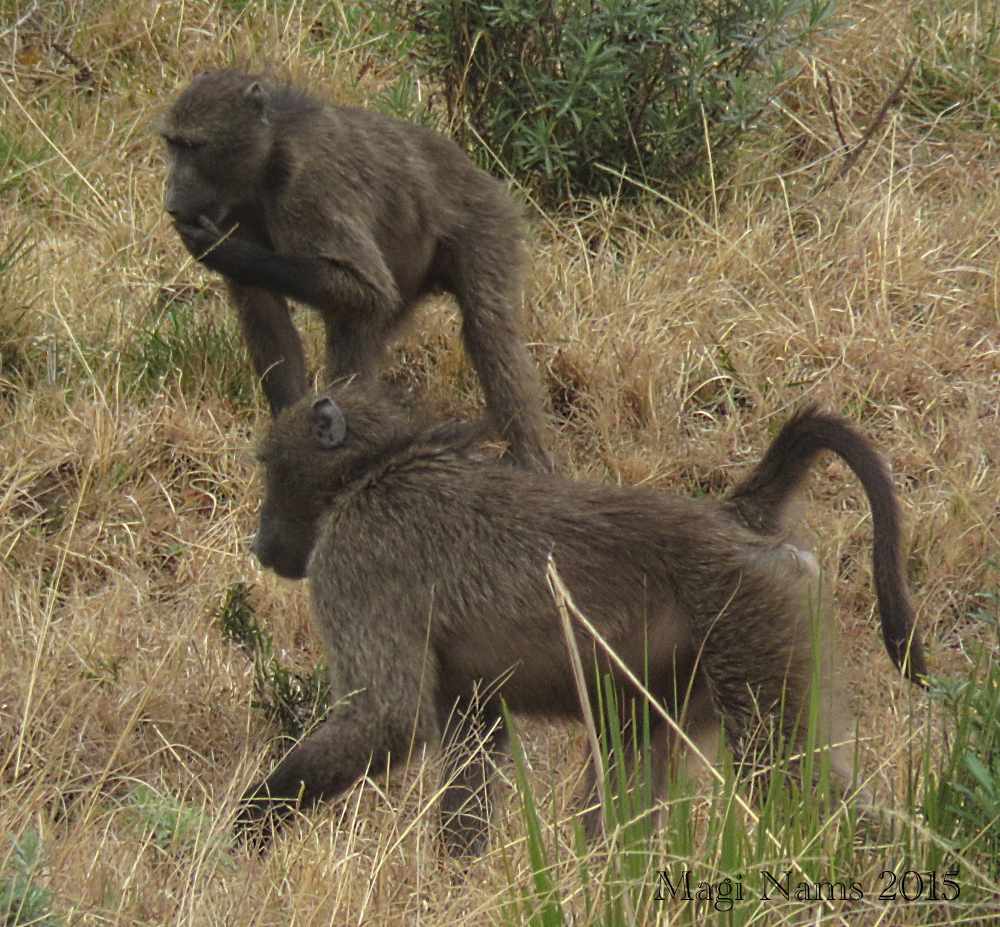

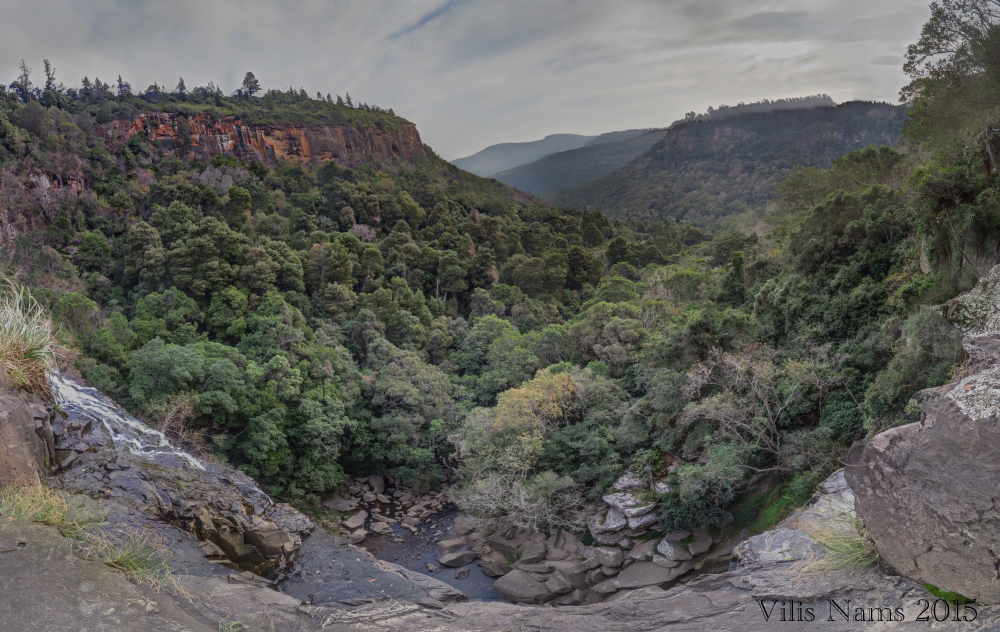

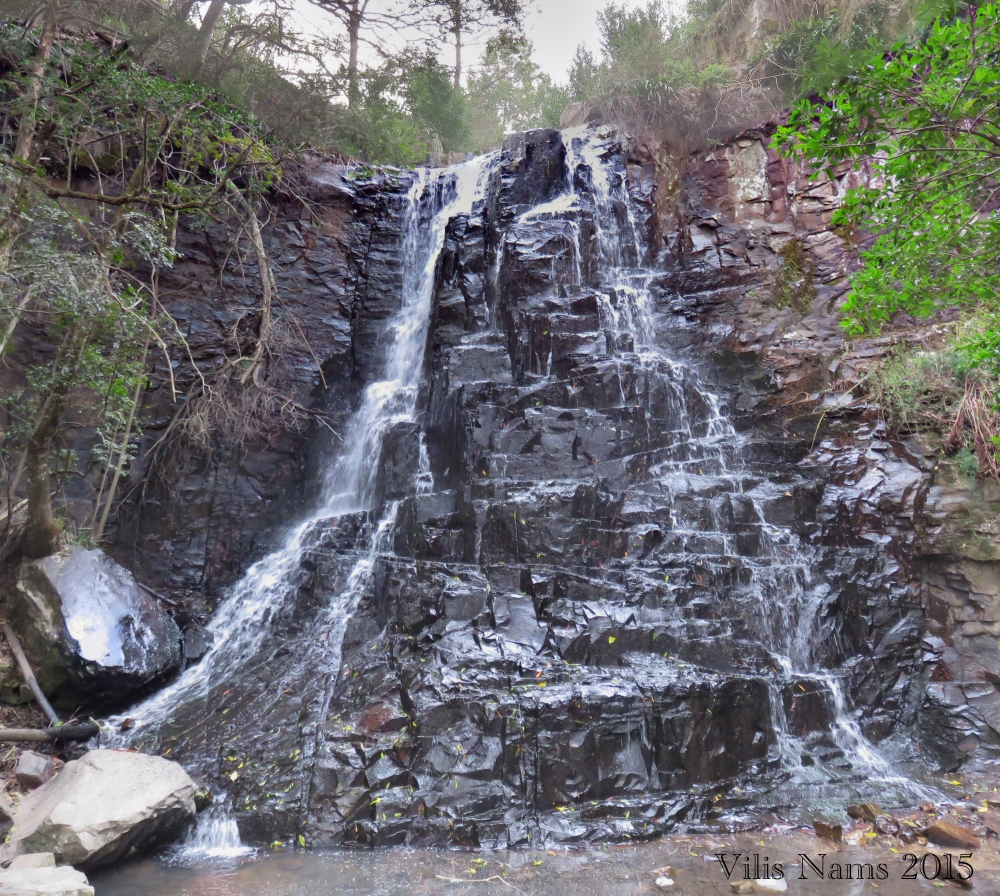
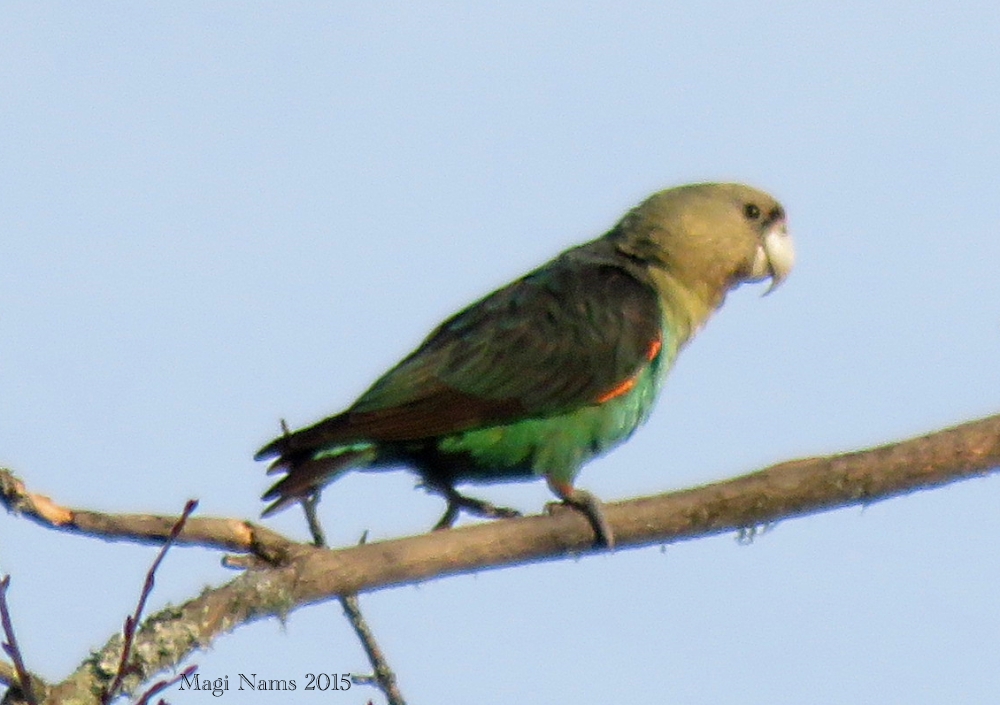

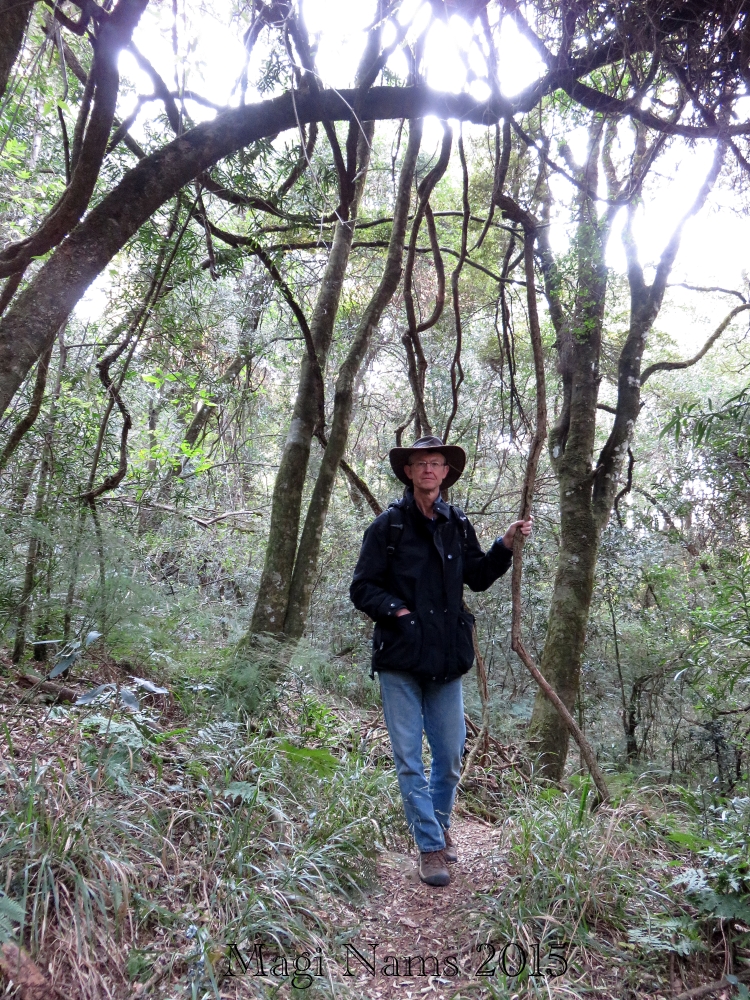
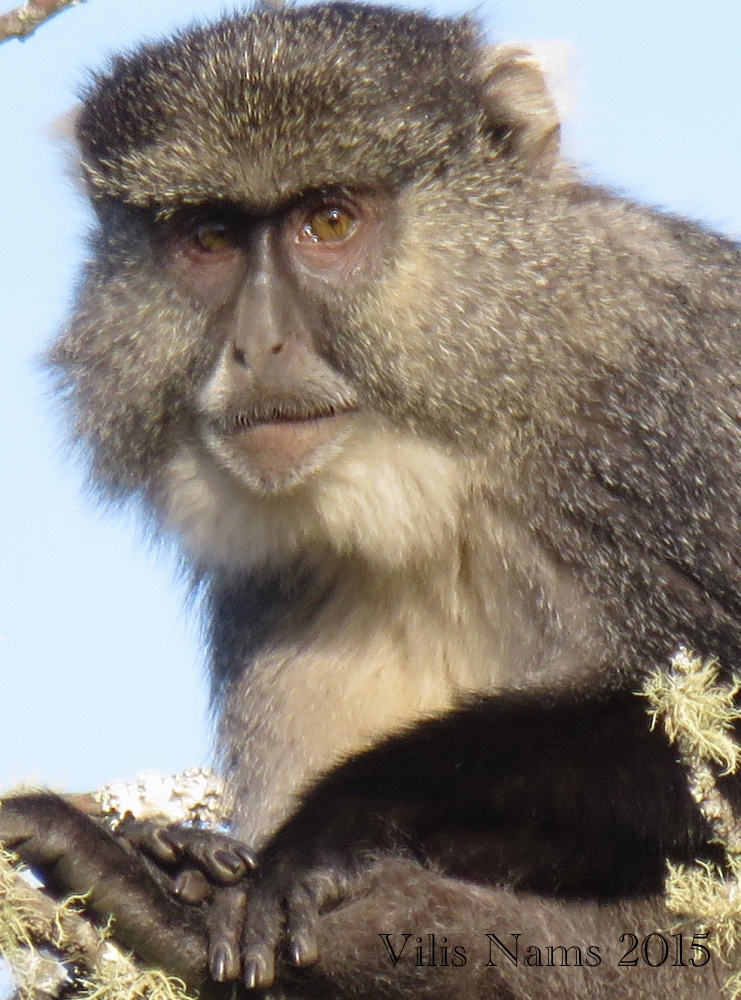
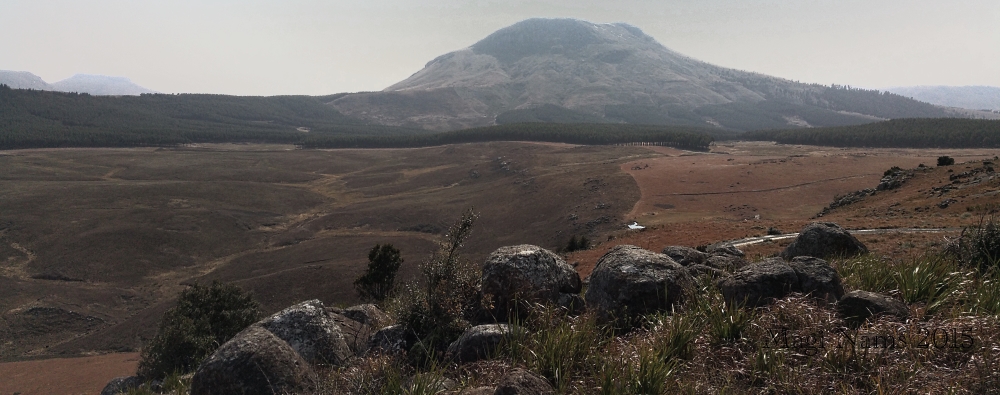

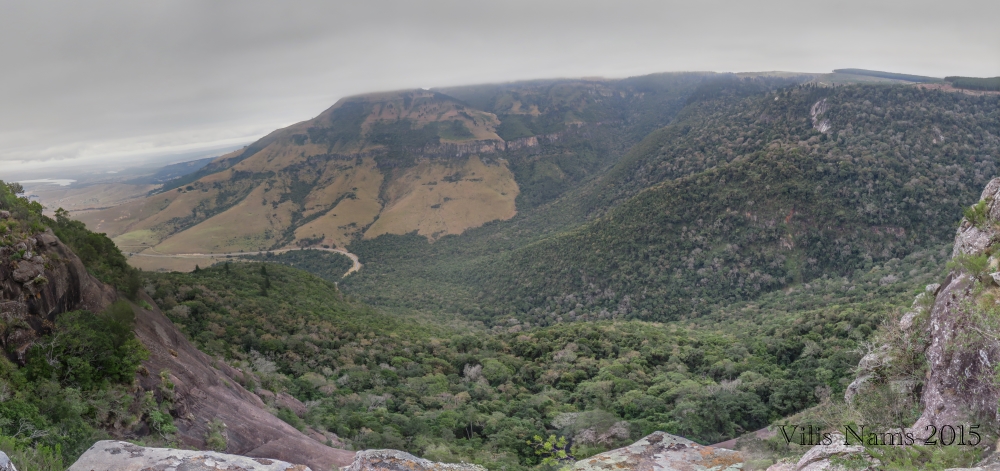
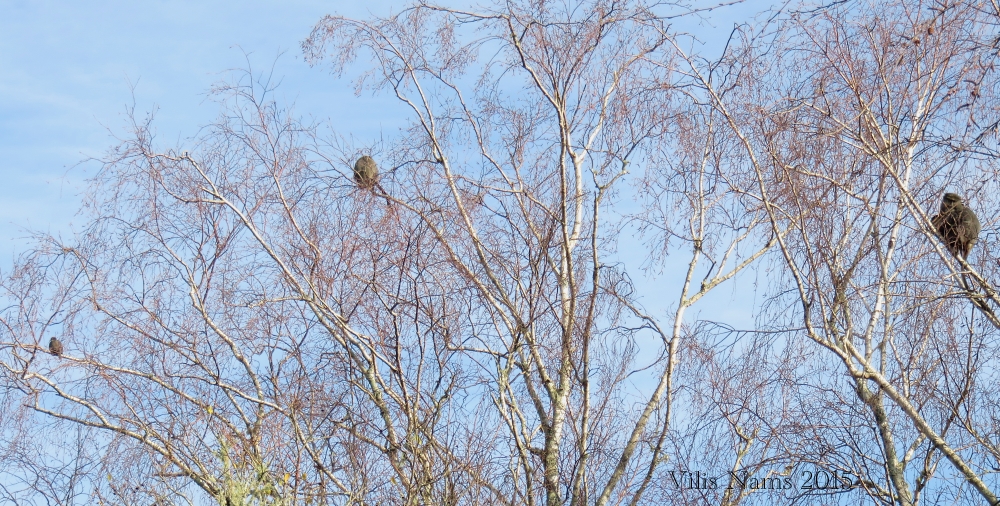


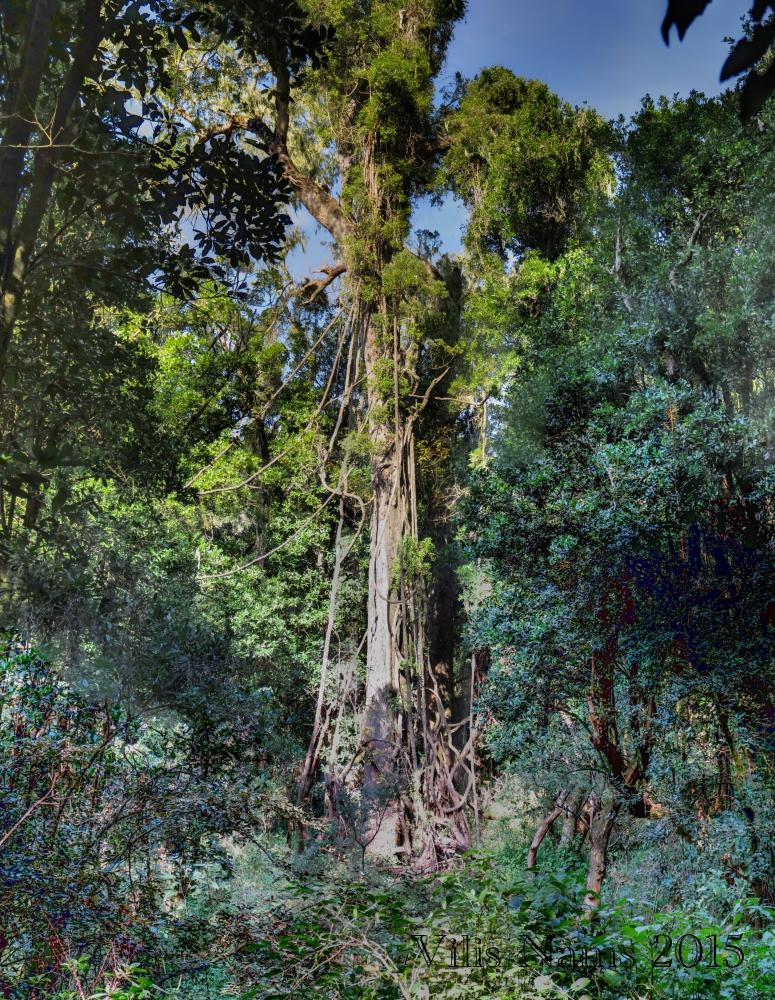
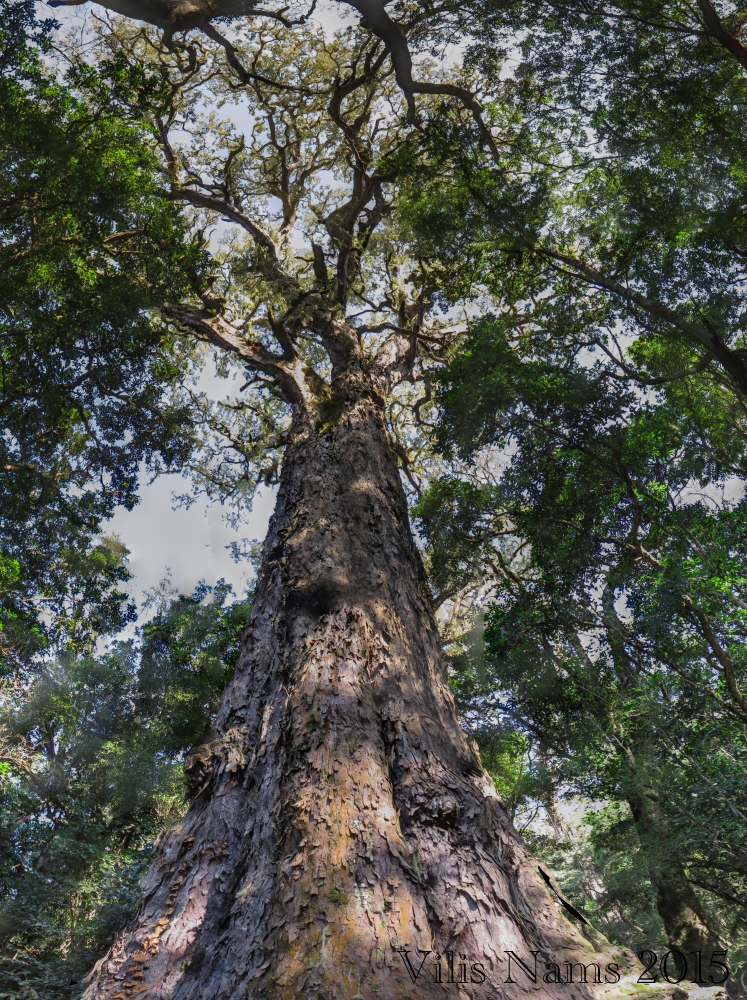

Thank you for arising my interest i v already booked with my partner . You v helped me to have a clue of what we ll do there. Parrots are my things i guess i ll have fun
Thanks for visiting my blog, Mondez, and I hope you enjoy Hogsback!